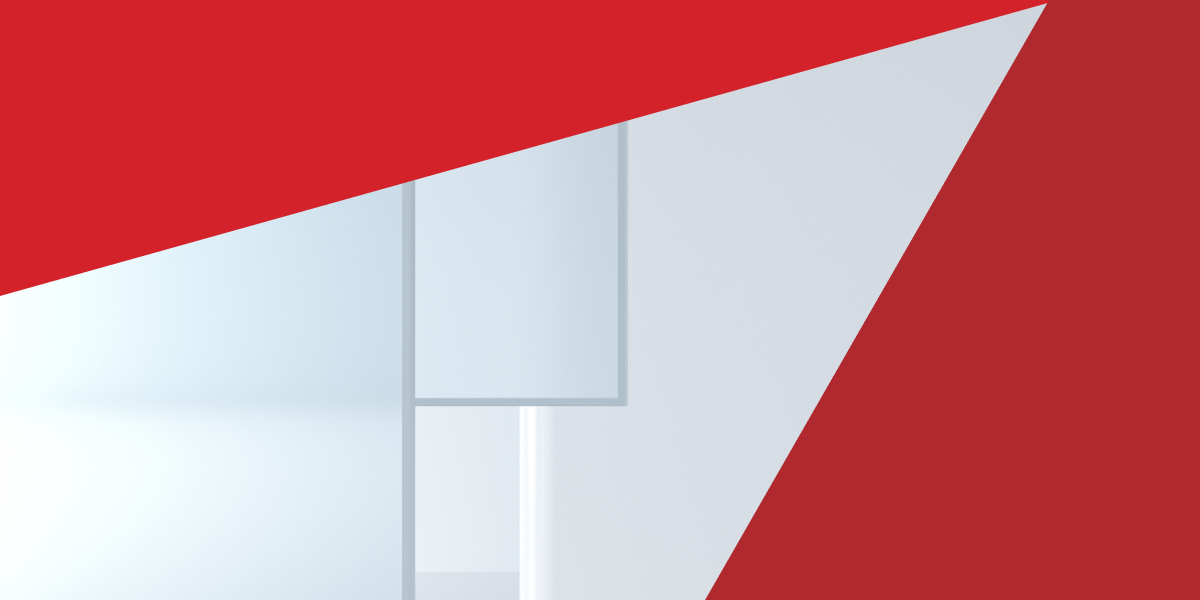5 components of internal controls: What they are and why they’re important

Internal controls are an important yet challenging part of any organization. In a survey from the Association of Chartered Certified Accountants:
- 41% of respondents said that technological advances made it difficult to maintain existing controls
- 32% reported that lack of emphasis on internal controls only compounded the difficulty of internal controls management
Focusing on the five components of internal controls can help. While internal controls ensure good governance, the internal control components provide a framework for the accounting system. Both accountants and audit teams should incorporate these components when they design and review the accounting system.
The five components of internal controls are:
- Control Environment
- Risk Assessment
- Control Activities
- Information and Communication
- Monitoring
What Are the Components of Internal Control?
1. Control Environment
The control environment refers to the overall culture of compliance. In other words, it’s how both executives and employees buy into internal controls. The more seriously the organization views internal controls, the stronger the system will be.
If executive and management teams disregard existing controls, employees will likely follow suit. Over time, this can create vulnerabilities across the system. Compliance can also happen from the bottom up since audit teams can use their data to make a business case for cyber risk management.
Unlock GRC efficiency
Streamline internal control management with automated solutions. Enhance decision-making and accountability across your organization.
Download the infographic2. Risk Assessment
To effectively manage risk, organizations need to identify their potential risks, then implement internal controls to mitigate them. Accounting teams should have an always-on approach to monitoring since new risks can surface without warning. The teams should then deliver audit reports to the board to surface any new risks.
This is especially important if a business’s products or services frequently evolve since changes in the organization’s infrastructure will also impact its system of internal controls.
3. Control Activities
'Control activities' means ensuring that the proper controls are in place and using accounting systems and automation to verify that controls are functioning as intended. This can include regular controls testing or inventory audits, all of which should follow an internal audit strategy.
4. Information and Communication
Knowledge is power. Communicating with management about any lapses in internal controls is the best way to mitigate risks quickly. Though audit teams likely have hundreds or even thousands of data points, taking a proactive approach to enterprise risk management is essential.
Audit teams can likely tackle minor breaches independently, but they should inform executives of any major vulnerabilities. Communicate precisely the information the person needs to know, whether that’s a well-versed Chief Audit Executive or a board member who’s more of a layperson in the components of internal controls.
5. Monitoring
Audit teams should monitor internal controls on an ongoing basis. Doing so ensures that they’ll be able to identify when internal controls are functioning properly and when there are potential lapses in the internal controls system.
That’s what makes this one of the key components of internal controls, since monitoring is how teams identify failures and make improvements. Without monitoring, vulnerabilities may go unchecked, turning minor issues into major breaches.
Future-Proof Internal Audit With Internal Controls
The five components of internal controls may seem like they’re the business of only the accounting and audit teams. In reality, every member of an organization should understand and support the internal controls system. Without internal controls and the teams supporting them, organizations could face major breaches, compromising their reputation and bottom line.
Understanding the components of internal control opens up an opportunity to future-proof internal audit. Audit teams can prove the internal audit function’s value through the internal controls system. They can automate processes, analyze data and deliver insights, all of which can make them an invaluable strategic partner to the board. Download the ebook from Diligent to learn more.
